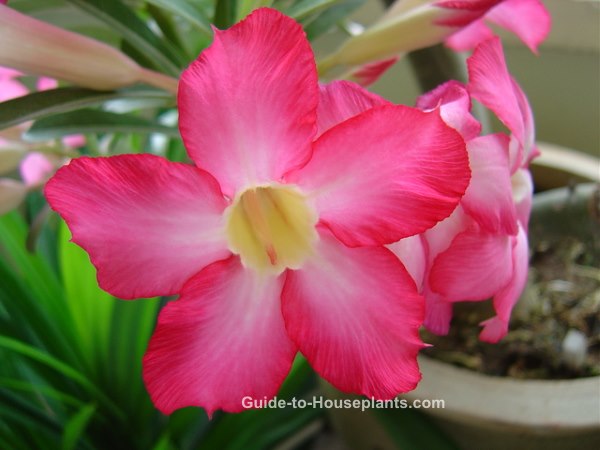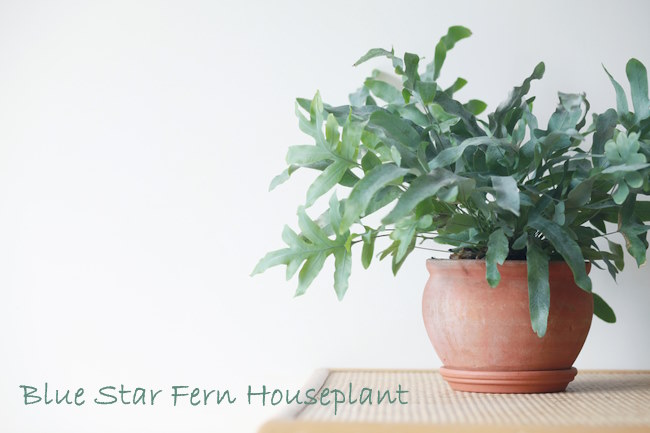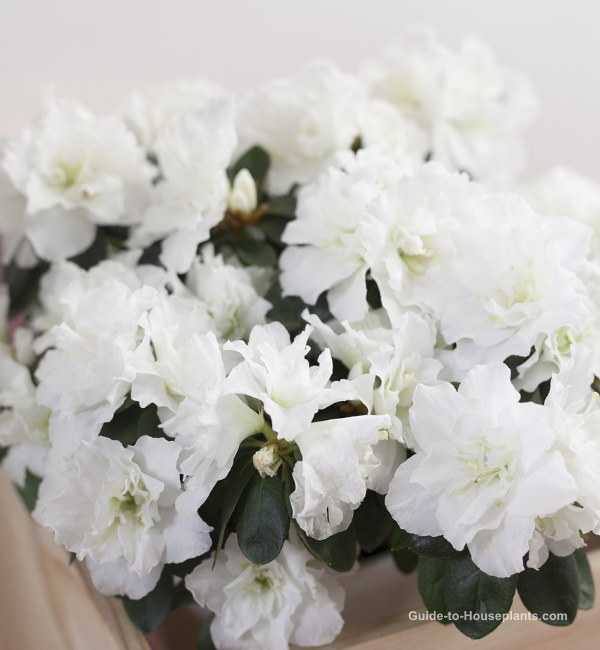English Ivy Plant Care
Botanical Name: Hedera helix
Get tips for growing English ivy. Care is easy -- and it's a beautiful houseplant with lush, trailing vines. Find out how to water, prune and grow ivy indoors.
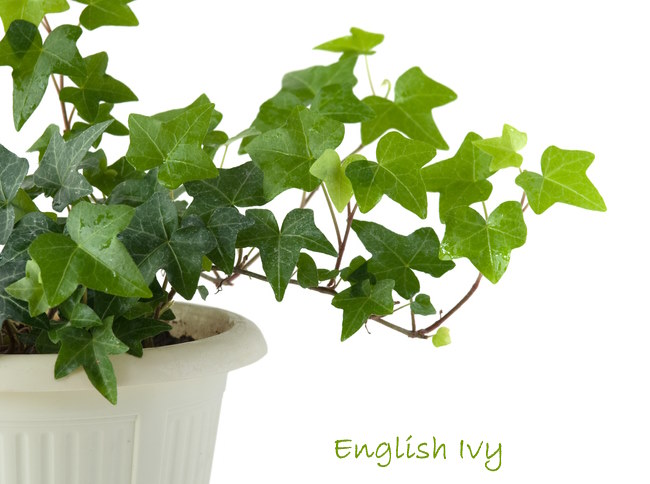
With lobed leaves and lush, trailing vines, English Ivy is an elegant accent plant. Small-leafed ivies blend beautifully in a dish garden, adding texture to a variety of tropical plants.
Although commonly grown as a hanging plant indoors, its aerial roots can easily be trained to climb a moss stick or trellis. Or if you're feeling really adventurous, train ivy on a topiary.
English ivy is a vigorous grower when it gets the light and moisture it wants. You'll want to repot in spring every couple years to give it a slightly larger pot to grow in to and to freshen the soil. Don't jump from a small container to a much larger one (no matter how beautiful it is) because it will hold too much water, which can lead to root rot.
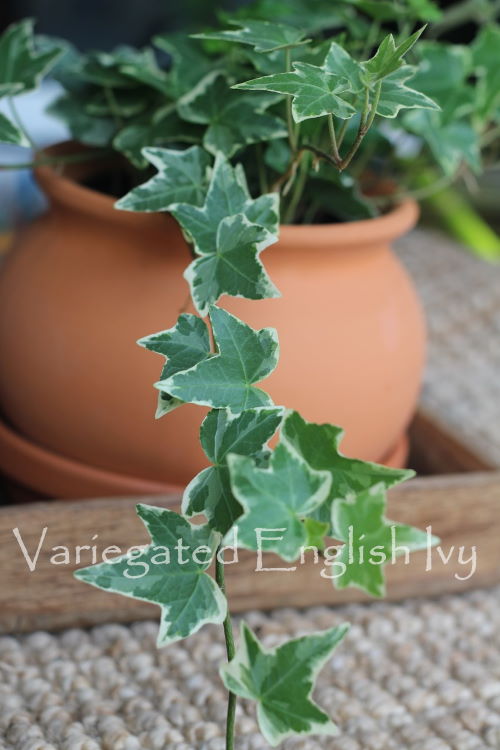
Varieties of English Ivy
There are hundreds of types of ivy varieties -- some with plain green leaves, others are variegated with yellow, gold or creamy white. Many named cultivars are available to choose from.
As their names suggest, 'Itsy Bitsy' is a small variety. 'Curlilocks' has wavy leaves. Among those with variegated leaves are 'Gold Child' (one of my favorites) splashed with yellow-gold, white and shades of gray. 'Glacier' ivy has silvery gray-green leaves edged in creamy white.
Common English Ivy Problems, Answers and Solutions
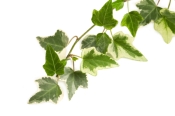
Dry, crispy leaves? Cool, moist air and evenly moist soil will help your English Ivy thrive indoors. Protect it from drafts and heating vents. Mist the plant often to keep its leaves from drying out. Misting also helps to keep away spider mites that love to attack this plant.
Prune it back, if you want to keep your ivy plant to a desired length. Light pruning can be done any time of year.
Wilted leaves? Dry soil or consistently soggy soil will each cause leaves to wilt. Over-watering is usually the problem and leads to root rot. It's best to use a container with drainage holes, water thoroughly then empty the drainage tray. Water less often in the winter months when growth is slower.
Faded foliage? Growing ivy with plenty of bright light will help variegated ivies to keep their color. Prune off any stems of variegated ivy that reverts to all green.
Is it poisonous? Yes. English ivy leaves are poisonous if eaten and can cause skin irritation. It's a good idea to wear gloves while handling this plant, and to keep it away from children, cats and dogs.
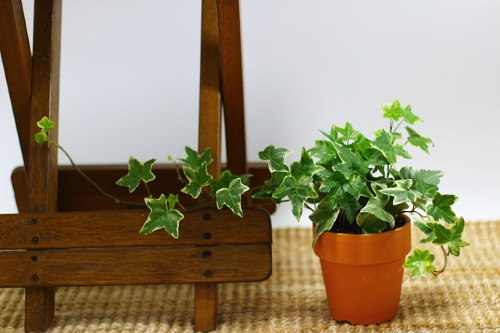 Ivies add color, texture and fresh style to any room -- mingling with large-leaf plants or on their own.
Ivies add color, texture and fresh style to any room -- mingling with large-leaf plants or on their own.Tips for Growing English Ivy House Plants
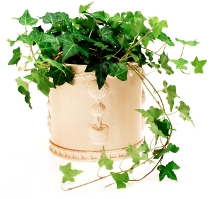
Origin: Europe
Height: It will climb as high as it is allowed to.
Light: Bright light, but no direct sun. Ivy thrives under fluorescent light. If a variegated variety changes to mostly green, it isn't getting enough light.
Water: Keep soil evenly moist but not soggy spring through fall; slightly drier in winter when growth is slower. Wilted leaves are a symptom of dry soil; however, root rot caused by soggy soil will also cause leaves to wilt. It's a good idea to use a container with drainage holes. Water thoroughly, then empty drainage tray.
Humidity: Aim to maintain a 40% relative humidity or higher around the plant. Raise the humidity by misting with water or standing English ivy on a tray of wet pebbles. Humidity can drop drastically in the winter. If your home gets too dry, use a cool-mist room humidifier.
Temperature: Cool to average room temperatures (50-75°F/10-24°C) year-round.
Soil: Peat moss based mix with added perlite or vermiculite for good drainage. African violet potting mix is ideal.
Fertilizer: Feed monthly from spring through fall with a high-nitrogen water-soluble fertilizer.
Propagation: Take 3-4 in (8-10 cm) stem tip cuttings in spring and root in moist soil or water.
